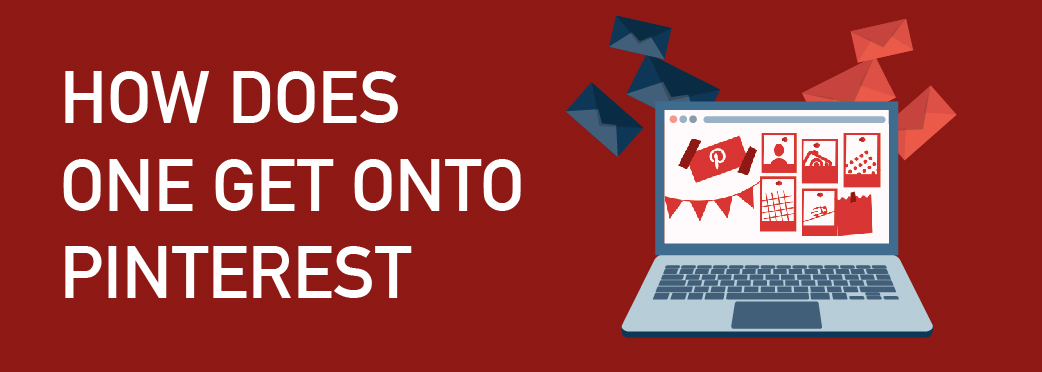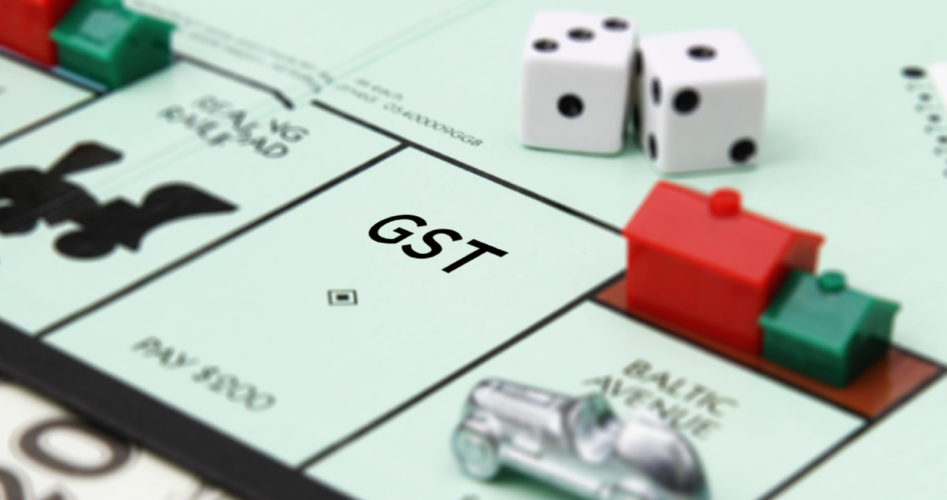A staggering 81% of customers and 94% of businesses perform searches before making a purchase – so if you are not doing search marketing you are doing mute marketing! The crux of Search Engine Marketing in a nutshell is – ‘Out of sight, out of mind’. So, be seen and heard to make an impact!
Search Engine Marketing (SEM), a term coined way back in 2001, refers to gaining traffic and visibility by appearing prominently in search engine results pages (SERPs) either through paid ads or organic ways. By search we just don’t mean Google, but also Yahoo and Bing! Search Engine Optimization (SEO) are those activities done both on-page and offpage to improve the page-rank of a website. For a successful internet marketing strategy, both SEM and SEO need to work in tandem. Going forward in our article, we will be using the umbrella term Search Marketing (SM).
It is common knowledge that the most critical step in SEM is to strategically select the right set of keywords that resonates with your company. Needless to say, it should be a good mix of phrases that represents the business and what a customer might be querying on the net for your product. Apart from having your pages indexed on the popular search sites and link building, we need to think outside the box to get results that spell success!
Focus on Mobile Ads

70% of the traffic on the internet is now coming via mobile devices. Google and Twitter are focussing heavily on the open source initiative – ‘The Accelerated Mobile Pages (AMP) Project’, and are leaning more towards mobile-enabled ads and websites. Not a surprising trend, as the advent of smartphones and PDAs have seen the mobile based searches far outnumber the ones coming from the desktop. To keep the competition at bay, it’s imperative that digital campaigns keep their content mobile friendly – both ads and websites.
Make Content the King

Content is the reason why search began in the first place. A recent feature on SERP is rich answers (there are many types like ‘direct answer’, ‘featured snippet’ etc). This attempts to address the user’s query directly and concisely, without requiring an user to click through to a website. Does getting your website featured in a snippet translate to more traffic? Well, of course yes! An interesting observation has been that ‘rich answers’ often come from websites which are not the top ranked in organic search results. This translates to a coveted opportunity to gain better brand visibility over top competitors. Schema markup, in combination with best content practices, can help websites gain business by leveraging on these enhanced Google results.
Gear Up for New Search Opportunities

Personal digital assistants like Alexa, Siri, Cortana, Google Assistant, and the more recent Samsung Bixby are carving their niche in conversational queries. It might not be too far in the future when text-based searches on Google, Bing, and Yahoo might be passé. According to research, while ⅔ of the marketers recognize voice search as the next big thing, the rest plan to address the opportunity. Voice searches accounting for nearly 20% of all Google mobile searches is next big game changer in SEM. A perceptive marketer will appreciate the key differences between text and voice-based searches, and ideate to optimize their content for voice searches too. Unlike text-based searches, in a voice search the top answer is the only answer!
Keep an Eye on Your Competitor

Competitive search strategies are key elements in the ever-evolving SM campaign. Competitive analysis and competitor intelligence cannot be emphasized enough in the digital world. Looking at content of pages that rank higher than our own brands and analyzing the competitor’s keyword targets, rankings, and content strategies can be a two-pronged strategy to gain insights on what it takes to ace the game!
The intent of any SM is to outshine competition, rank well, have an impressive digital presence, and build a strong brand. The one who adapts and innovates always beats the competition by a mile! Like it is popularly said – ‘The best place to hide a dead body is page 2 of Google search results’ – make sure your SM campaign does not take you there!






